What is Control Voltage?
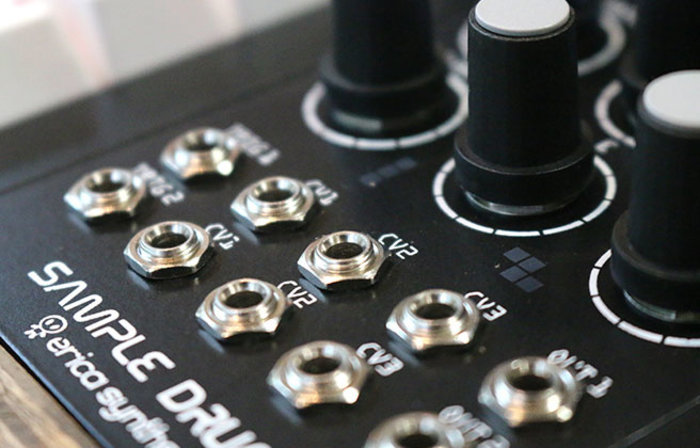
Many of us start our journey through electronic music working in a digital audio workstation (or DAW) - some software like Ableton Live, Logic X, Bitwig Studio, or any of the many others. In those environments, a lot of time is spent drawing automation lines and curves, sending and receiving MIDI information, and getting non-proprietary software to talk to each other in order to tell various parameters within the system how they should change over time. In my opinion, the automation process is tedious, painstaking, and can drain the creativity out of a session very quickly. It can also open the door to the perfectionist mindset which, in my experience, can keep a project from ever being finished (when the options are limitless, how do we stop?). In modular synthesis, the concept of changing parameters over time exists in a much more immediate, inspiring, and networked fashion. This concept is the idea of specific parameters being under voltage control, or better yet, using control voltage.
An analogy I often use is this: Imagine a guitarist with a giant pedalboard, consisting of dozens of sound modifying stomp boxes. All of the sound modifiers have parameters that can change the sound of the guitar in interesting ways. The downfall is this - a guitarist only has two hands and both are needed to play the guitar. Unless they’re barefoot and have incredible toe dexterity, there is no way for the guitarist to change the parameters of their stomp boxes over time while the guitar is still being played. Even if the guitarist strums a chord and then bends down and changes a parameter, the speed and shape of the parameter change would be restricted to the accuracy of human movement, which can be slow, clumsy, and hard to recreate. Now imagine this guitarist had an entirely different set of pedals that told the sound modifying parameters how to automatically change over time with extreme accuracy in speed and shape of change. Now the guitarist can focus on the performance - not the gear. This, my friends, is why we need control voltage!
Voltage
There is one simple truth that exists within modular synthesis that I believe adds to its utter beauty - it’s all voltage!
Relatively speaking (and with some older modules excluded) as long as we’re connecting an output to an input, something will happen.
It doesn’t matter if we’re dealing with audio, control, gates, triggers, or clocks - all of it can go anywhere.
But what are the differences between all these different types of voltage?
First let’s talk about the difference between AC and DC - cue the Back In Black riff!
- AC (alternating current): voltage continually changes state, whether it alternates between -5V and +5V, 0V and +10V, or 0V and -10V, etc. Oscillators, LFOs, and envelopes are all examples of AC voltage generation.
- DC (direct current): voltage is set and forget. A steady 0V signal can be offset to some other voltage, like +5V for instance.
Voltage Types
- Control Voltage Signals: Any signal that is generated at control rate. Control rate is usually considered to be < 20Hz, but can also be a steady DC voltage.
- 1V/Octave Signals: Control voltage that is quantized to a musical scale. 12 notes are evenly distributed across 1 volt.
- Trigger Signals: A small pulse signal that is usually between 4-6ms.
- Gate Signals: Traditionally, this is a signal that is held high for as long as a key of a keyboard is held. Modules that switch between gates and triggers will usually measure gates at 25-35ms.
- Clock Signals: A periodic pulse (square) waveform that is generated at control rate. This signal is often the heartbeat of the system and indicates the tempo of specific events or the entire patch.
- Audio Signals: Any signal that is generated at audio rate. Audio rate is usually considered to be in the range of 20Hz to 20kHz.
Polarity
- Unipolar Positive Signals: Signals with a range of 0V to +nV. They are positive in polarity and only exist above the 0V line. For instance, V Trig envelopes used by modern synthesizers are unipolar positive signals.
- Unipolar Negative Signals: Signals with a range of 0V to -nV. They are negative in polarity and only exist below the 0V line. For instance, S Trig envelopes used by vintage synthesizers like Moog or Korg are unipolar negative signals.
- Bipolar Signals: Signals with a range of -nV to +nV. They alternate between positive voltage and negative voltage and cross the 0V line. For instance, oscillators and LFOs are usually bipolar.
Thanks again for checking out our blog and learning modular synthesis with us!
Feel free to comment with any questions, ideas, or opinions!
 All Modular Brands
All Modular Brands
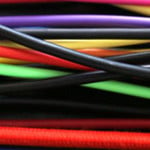 All Patch Cables
All Patch Cables
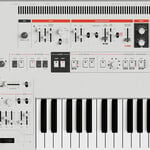 Synthesizers
Synthesizers
 Controllers
Controllers
 Drum Machines
Drum Machines
 Sequencers
Sequencers
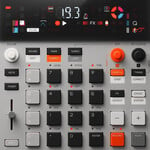 Samplers
Samplers
 Soundmakers
Soundmakers
 DIY
DIY
 Effects
Effects
 Cables
Cables
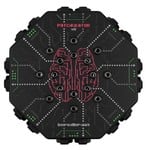 Audio/MIDI
Audio/MIDI
 Video
Video
 Music/Media/Gifts
Music/Media/Gifts
 Accessories
Accessories
 Used
Used
 Vintage
Vintage
 DEALS
DEALS
 Modular
Modular
 Synthesizers
Synthesizers
 Controllers
Controllers
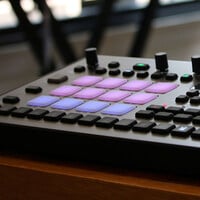 Drum Machines
Drum Machines
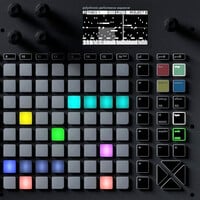 Sequencers
Sequencers
 Samplers
Samplers
 Soundmakers
Soundmakers
 DIY
DIY
 Effects
Effects
 Cables
Cables
 Audio/MIDI
Audio/MIDI
 Video
Video
 Music/Media/Gifts
Music/Media/Gifts
 Accessories
Accessories
 Used
Used
 Vintage
Vintage
 DEALS
DEALS





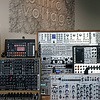

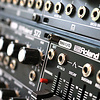
Comments